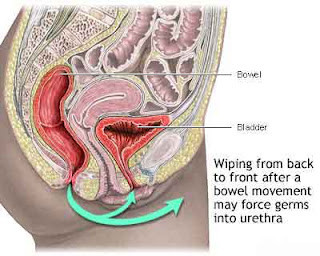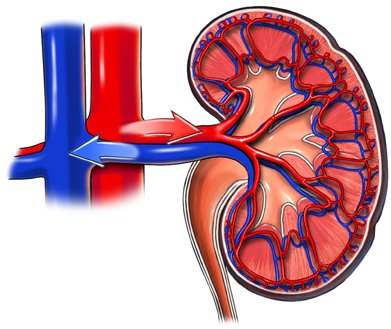Knowledge, deficient regarding condition, treatment program, self-care, and discharge needs related to lack of exposure and information, misinterpretation of information and unfamiliarity with information resources.
Deficient Knowledge Definition: Absence or deficiency of cognitive information related to a specific topic
Defining Characteristics: Verbalization of the problem; inaccurate follow-through of instruction; inaccurate performance of test; inappropriate or exaggerated behaviors (e.g., hysterical, hostile, agitated, apathetic)
Related Factors:
1. Assess ability to learn or perform desired health-related care.
Rational : Cognitive impairments need to be identified so an appropriate teaching plan can be designed.
2. Determine client’s learning style especially if client had learned and retained new information in the past.
Rational: Some persons may prefer written over visual materials, or they may prefer group versus individual instruction. Matching the learner’s preferred style with the educational method facilitates success in mastery of knowledge.
3. Assess motivation and willingness of client.
Rational : Some clients are ready to learn soon after they are diagnosed.
4. Instruct client/ family in disease process, progression, what to expect, and answer all questions honestly.
Rational : Promotes optimal learning environment when client show willingness to learn. Family members may assist with helping the client to make informed choices regarding the treatment. Anxiety or large volumes of instruction may impede comprehension and limit learning.
5. Explain purpose of activity restrictions and need for balance between activity/rest.
Rational : Rest reduces oxygen and nutrient needs of compromised tissues and decreases risk of fragmentation of thrombosis. Balancing rest with activity prevents exhaustion and further impairment of cellular perfusion.
Deficient Knowledge Definition: Absence or deficiency of cognitive information related to a specific topic
Defining Characteristics: Verbalization of the problem; inaccurate follow-through of instruction; inaccurate performance of test; inappropriate or exaggerated behaviors (e.g., hysterical, hostile, agitated, apathetic)
Related Factors:
- Lack of exposure
- lack of recall
- information misinterpretation
- cognitive limitation
- lack of interest in learning
- unfamiliarity with information resources
1. Assess ability to learn or perform desired health-related care.
Rational : Cognitive impairments need to be identified so an appropriate teaching plan can be designed.
2. Determine client’s learning style especially if client had learned and retained new information in the past.
Rational: Some persons may prefer written over visual materials, or they may prefer group versus individual instruction. Matching the learner’s preferred style with the educational method facilitates success in mastery of knowledge.
3. Assess motivation and willingness of client.
Rational : Some clients are ready to learn soon after they are diagnosed.
4. Instruct client/ family in disease process, progression, what to expect, and answer all questions honestly.
Rational : Promotes optimal learning environment when client show willingness to learn. Family members may assist with helping the client to make informed choices regarding the treatment. Anxiety or large volumes of instruction may impede comprehension and limit learning.
5. Explain purpose of activity restrictions and need for balance between activity/rest.
Rational : Rest reduces oxygen and nutrient needs of compromised tissues and decreases risk of fragmentation of thrombosis. Balancing rest with activity prevents exhaustion and further impairment of cellular perfusion.






